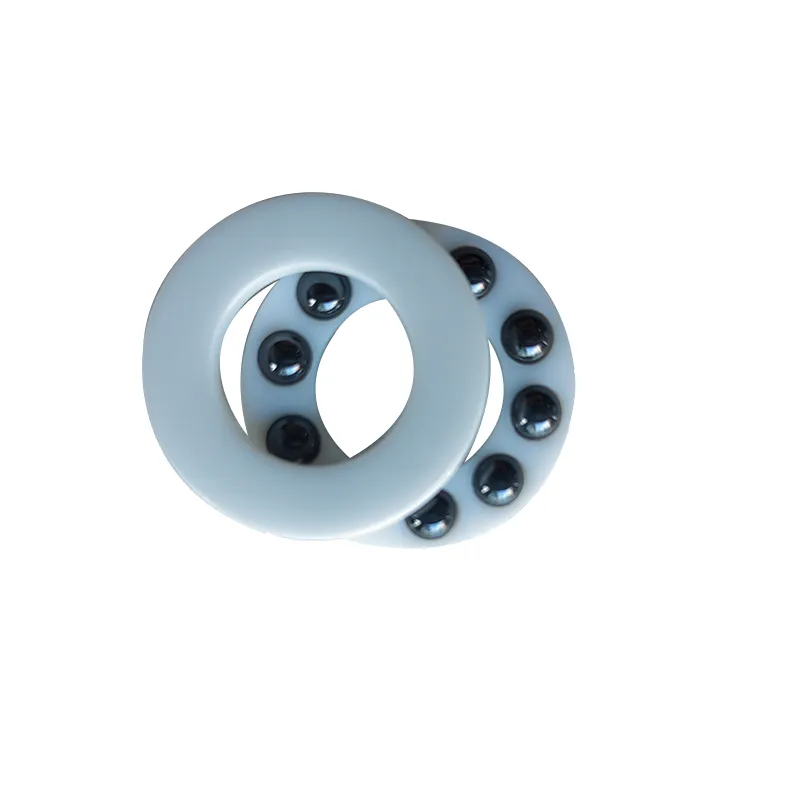May . 27, 2024 12:22 Back to list
What are the performance advantages of Ceramic Bearings?
There really isn’t a solid answer for that question except, “We have never slowed a bike down by adding ceramic bearings.” We wish there were a simple answer like, “If you add these bearings, you will gain XXX in the 1/4 mile”, etc… but there are simply too many variables involved.
Some bikes respond more favorably than others, but many factors such as OEM dust and bearing seal tension as well as the type and viscosity of the OEM bearing grease come into play. Bike and rider combined weight, the amount of load applied to the rear wheel due to a lengthened swingarm and/or a high torque engine are factors, tire type (street tire vs. slick, etc,) clutch application, and rider style all affect the load on the chassis. Ceramic bearings excel at higher loads and higher speeds, so generally large/heavy bikes see a more measurable gain, but lighter bikes without as much torque need help also, so 600’s and 1000’s also respond favorably. You will be able to tell the ceramic bearings have been installed from the very first time you push your bike.
Ceramic Ball Bearings
We can tell you that EVERY one of our AMA Dragbike National Championship winning and record-holding SuperSport machines since 2004 were equipped with them, and that Mr. Davidson noticed .05 to 1.5 MPH when he changed to them on his (big/heavy) Bandit on the way to becoming the first street-legal motorcycle into the 7’s in 2000.
Are they worth it? We think so, especially if you are trying to extract as much performance as possible without going into your engine. Is the gain similar to adding nitrous? NO! We are counting hundredths of a second, and if you gain 1 MPH in the quarter mile, that is the equivalent to approximately 3 horsepower or 1 full bike length.
Any competitive racer will tell you that a win by a full bike length is PRICELESS.
Latest news
-
25x52x44.4mm UEL205 Bearing with Eccentric Sleeve
NewsAug.19,2025
-
High Quality 6319 2RS Deep Groove Ball Bearing 95x200x45
NewsAug.18,2025
-
UCT205-15 Take Up Housing Pillow Block Bearing | Reliable
NewsAug.17,2025
-
CKZ-A Sprag Type Freewheels One Way Clutch - High Performance & Reliable
NewsAug.16,2025
-
ASNU 12-35 NFS TFS Roller Freewheel One Way Clutch Bearings
NewsAug.15,2025
-
Durable AK208 Pillow Block Housing | Reliable Bearing Support
NewsAug.14,2025
